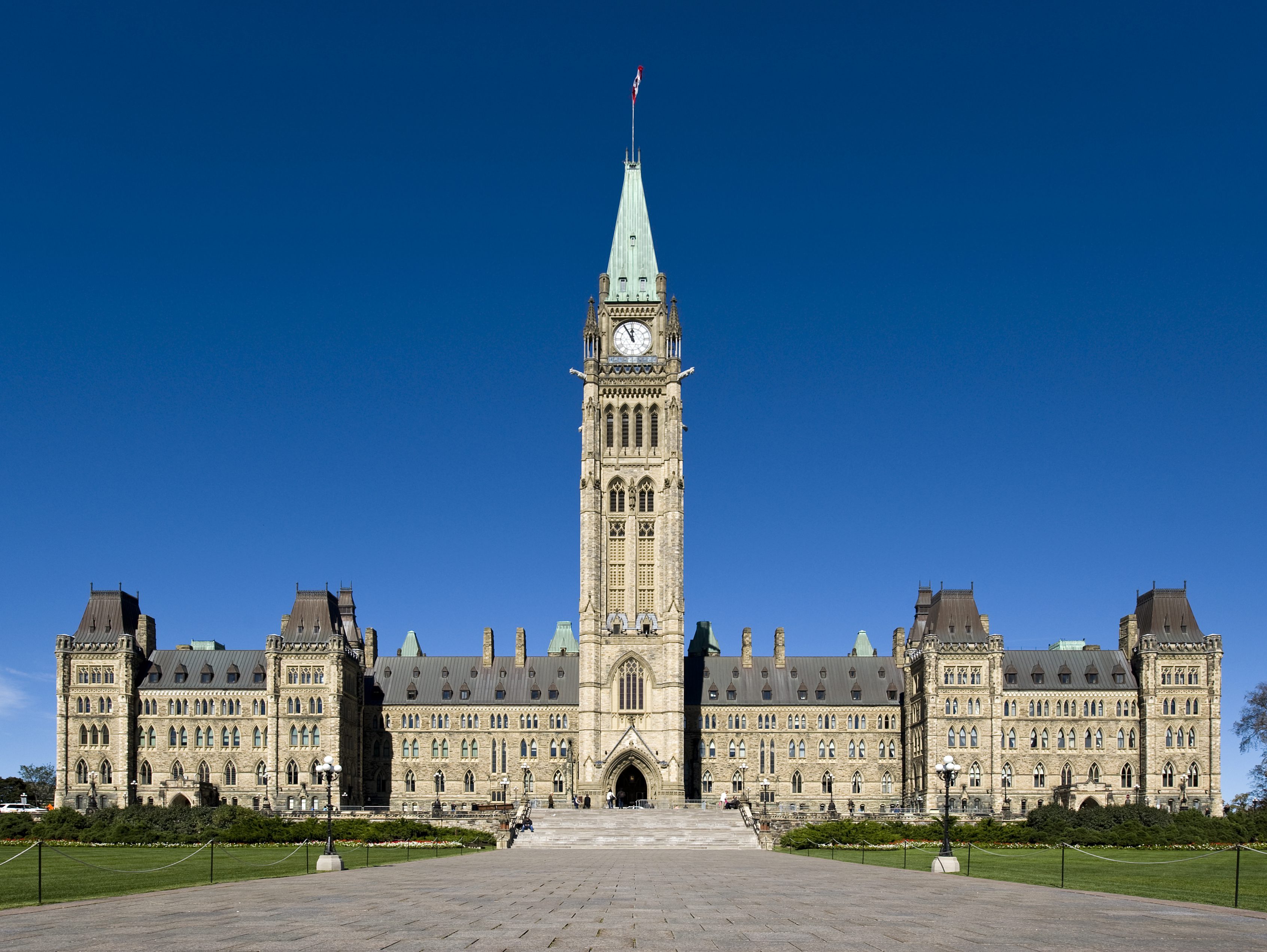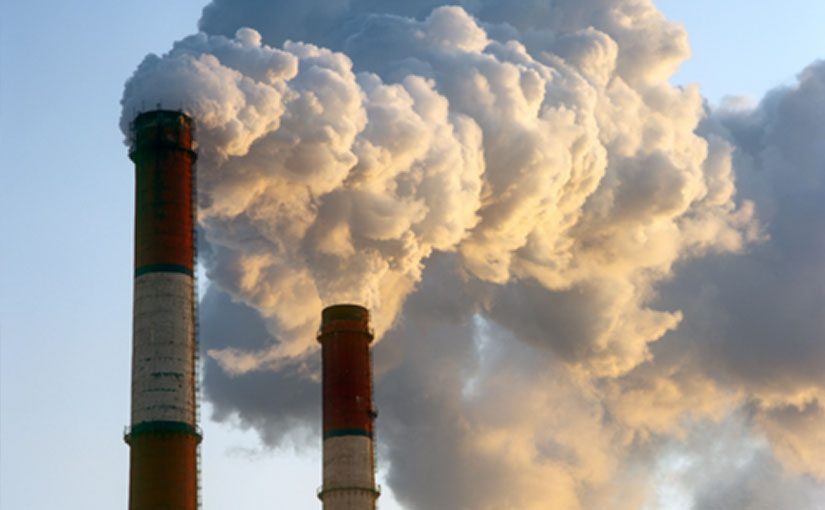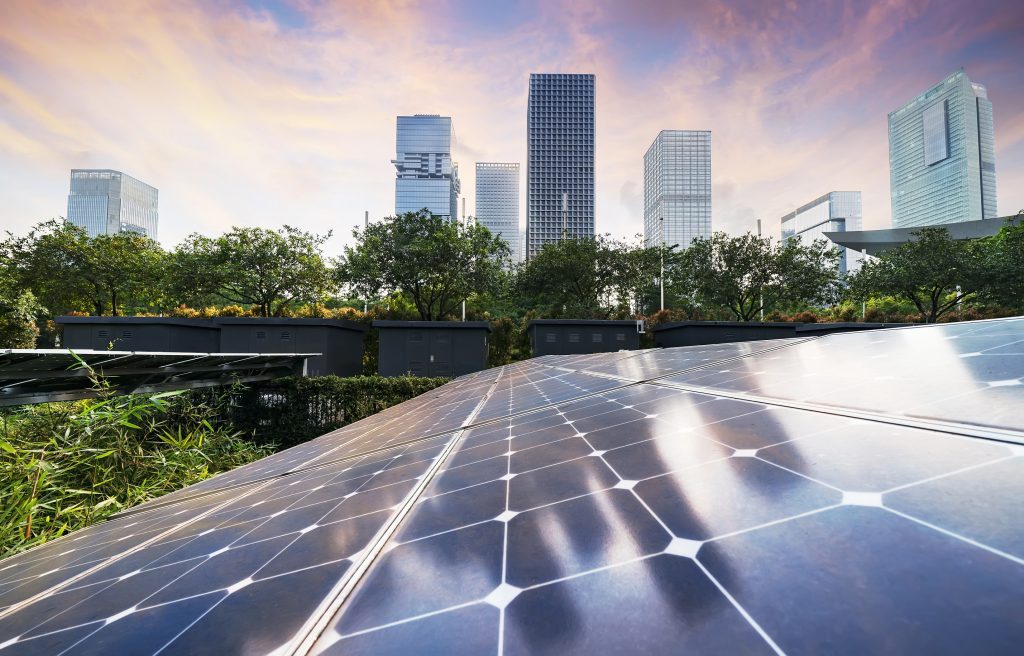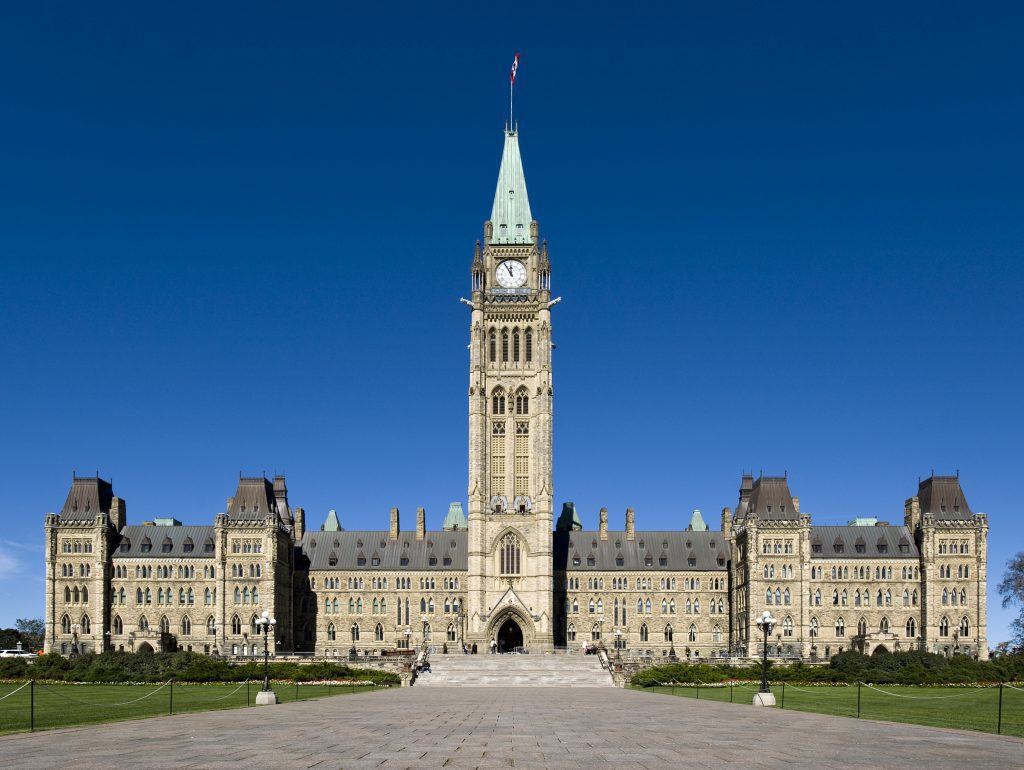Because climate change is an important issue for Canadians in this election, there has been quite a lot of discussion about what parties need to have in their platforms, and what the federal government will have to do after the election. A comprehensive climate change strategy should many elements, and Environmental Defence has sketched out what such a strategy should look like.
Read our full list of policies here.
First, governments need the right foundation for taking action within a framework that upholds equity and human rights. Using a rights-based approach will ensure that everybody’s rights are upheld as we strive for a safe climate future. That means:
- Setting and legislating much stronger emission reduction goals for 2030 that will put us on track to full de-carbonization of the Canadian economy by 2050.
- Creating an independent body to annually review Canada’s progress on our international climate commitments under the Paris Agreement.
- Legislating the United Nations Declaration on the Rights of Indigenous Peoples (UNDRIP), and integrating its principles into climate policy development.
Secondly, a strong climate strategy needs a set of policies to address all the major sources of carbon emissions. First and foremost for Canada is capping and reducing the greatest source of carbon pollution: oil and gas companies.
But like carbon pricing, that’s not a silver bullet. We need many different kinds of action and, given that we are facing a climate emergency, no solution should be taken off the table. These actions must include:
- Increasing energy production from renewables and gradually phase out all carbon intensive energy sources such as coal, oil and natural gas.
- Ensuring big polluters pay their fair share.
- Getting rid of government handouts to oil, natural gas, and coal companies.
- Funding affordable, reliable, fast, frequent and electric mass public transit both within and between cities, as well as funding walking and cycling infrastructure.
- Continuously improving the quality of our fuels for transportation, industry, and buildings so they emit less carbon.
- Increasing the energy efficiency of our homes, businesses and communities.
- Protecting natural areas like forests, wetlands, and fields that store carbon.
Finally, we need to support those who are hardest hit by climate change and the solutions we bring to tackle the problem, by:
- Supporting communities that are affected the most severely by the impacts of climate change;
- Developing a transition plan for workers and communities that rely on fossil fuels; and
- Contributing $4 billion per year in international climate financing to assist poor, developing countries to manage climate change impacts and undertake low carbon development.
The good news is that some of this has already started happening and we know how to do a lot of the rest. I hope that the full list can help you keep an eye out for good policies that will reduce emissions when you’re reading party platforms and talking to local candidates.
We know Canadians can rise to this challenge. We need a government that supports these values and protects the collective interest of all Canadians.







